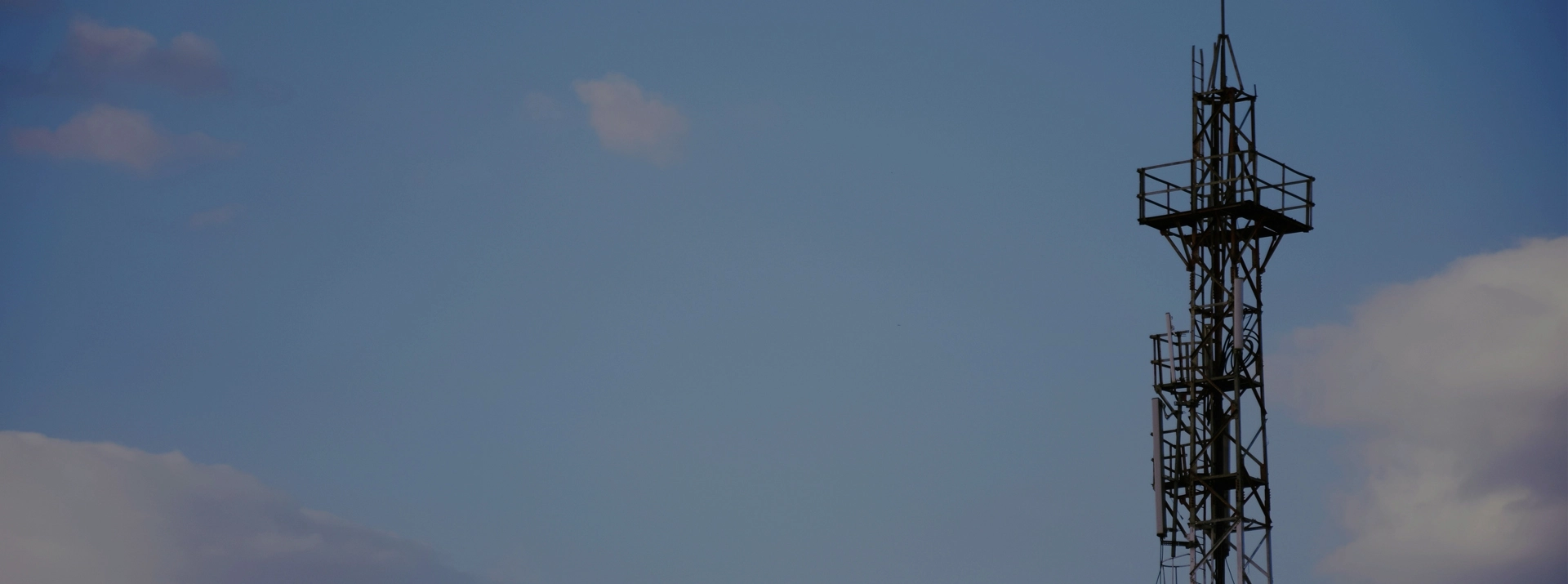Communication towers, traditionally designed for broadcasting and telecommunications, are increasingly being recognized for their potential as multi-use structures. Beyond their primary function, these telecommunications towers are now being integrated with additional features to serve various community and environmental needs. For instance, some antenna towers are equipped with observation decks, offering panoramic views that attract tourists. Others incorporate renewable energy technologies, such as wind turbines or solar panels, harnessing their elevated position to generate clean energy efficiently.

There are several types of communication towers, including lattice towers (made of steel frameworks), telecommunication monopole tower (single, tall poles), guyed towers (supported by guy wires), and stealth towers (designed to blend with the surroundings).
Communication towers are crucial for modern telecommunications as they provide the infrastructure needed for the transmission of data across vast distances. They enable mobile phone networks, radio and television broadcasting, and internet services, connecting people and businesses worldwide.
The future of communication towers involves integrating new technologies to support the growing demand for wireless communication services. This includes accommodating 5G networks, incorporating renewable energy sources, and exploring innovative designs to make towers more efficient, sustainable, and less intrusive on the landscape.
